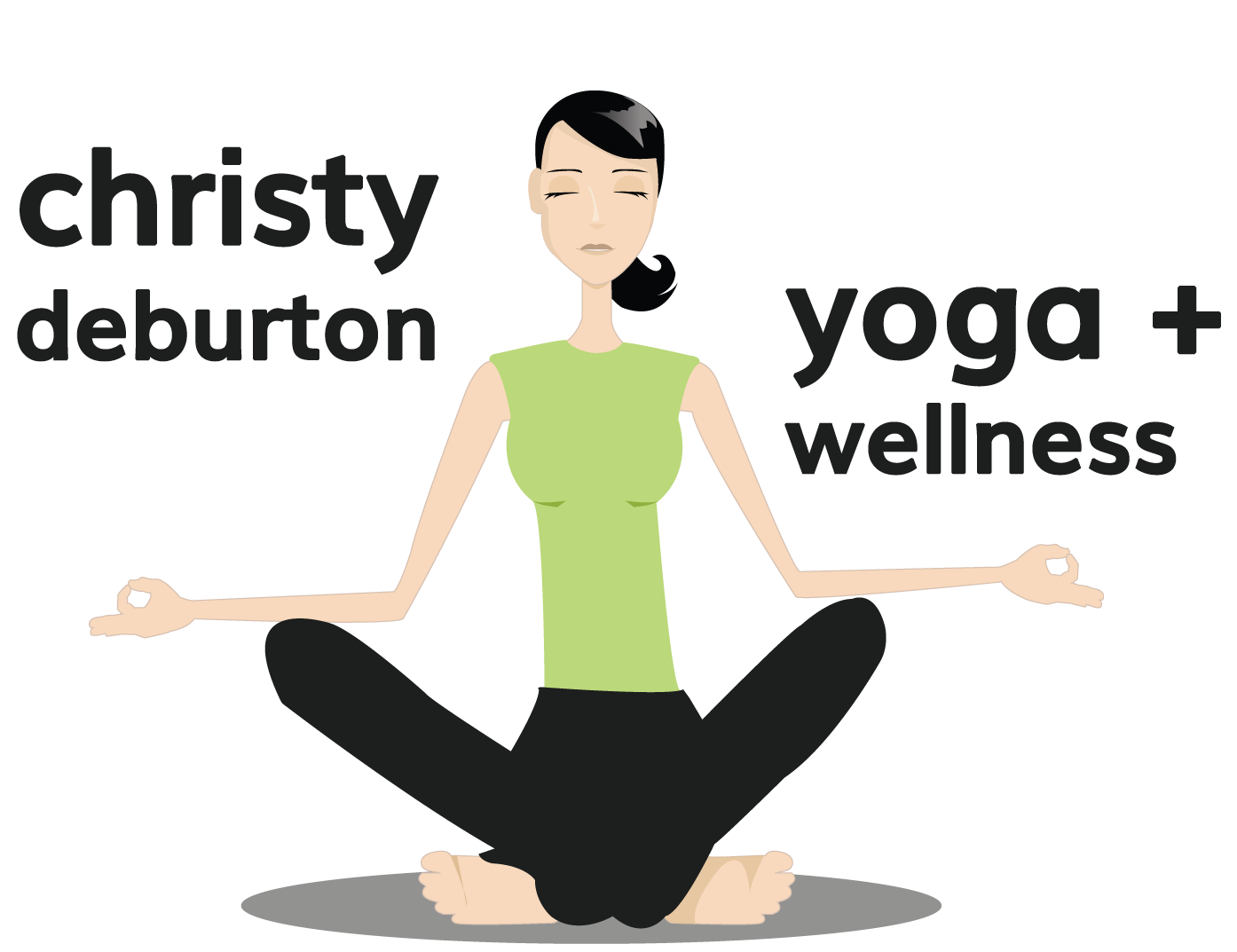The Sanskrit name of the seventh chakra is Sahasrara, which means “thousandfold.” Although this chakra is represented by a thousand-petaled lotus, the number 1000 is not meant literally; instead, it implies the infinite nature of this chakra, which provides us with our most direct connection with the Divine. Although some associate this chakra with the color violet, it is usually associated with white, a combination of all colors, just as this chakra synthesizes all the other chakras.
The seventh chakra is located at the crown of the head and serves as the crown of the chakra system, symbolizing the highest state of enlightenment and facilitating our spiritual development. The element of the seventh chakra is thought, and this chakra is associated with the highest functions of the mind. As the mind thinks, so we create our lives.
Excessiveness in this chakra appears as being overly intellectual or feeling yourself to be a member of a spiritual or intellectual elite. Deficient energy manifests as difficulty thinking for yourself, apathy, spiritual skepticism, and materialism.
Meditation is the yogic practice best suited for bringing this chakra into balance. Just as our body needs a shower frequently, the busy mind filled with so many thoughts and concerns also needs a cleansing. That is why, in my Hatha classes this past week, we practiced Yin yoga, a very meditative form of yoga where we come into a posture (usually close to the earth–leg stretches, hip openers, etc) and hold it for a few minutes at a time, being very still and cultivating inner stillness. In my Vinyasa classes we did YINyasa this week–a strong Vinyasa flow followed by some nice, long Yin stretches.
I hope all who attended these classes and cultivated a balanced 7th chakra are better able to experience the Divine or to open to a higher or deeper power, and that their mind may be more present, clear, and insightful.

